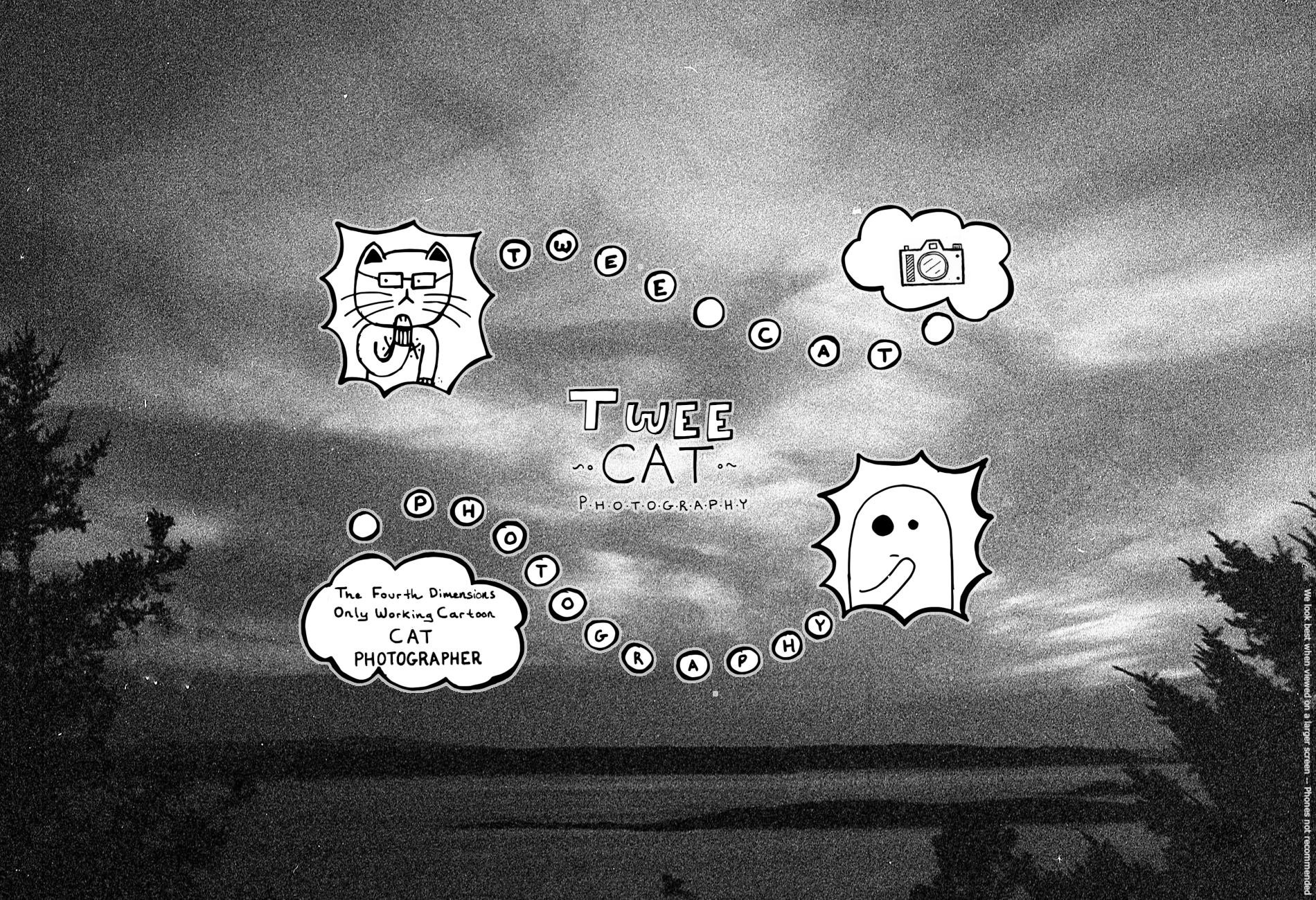Just goes to show that film doesn’t ever fully go bad. It’s probably fine. Just process it in dilute HC-110 and you’ll be alright. In this case, I used HC-110 diluted 1:62 and developed for 10 minutes.
This was taken on film which expired in 1957. It’s from a bulk roll of Plus-X which I use from time to time. I am trying to stretch it out because they aren’t making more. It has a different grain structure and look even compared to later Plus-X, which is also a film I like a lot. Around 1960, Kodak changed the formula and speed ratings for most of their films, in part to reflect changes in their recommendations around film speed. But you can tell just by looking that the formula isn’t the same as later films packaged under the same name. The emulsion layer is also thicker in these older films, and that is another major difference when it comes to their longevity.
The developing times can become a bit experimental in cases like these. The film has lost some speed to be sure. That having been said, I am shooting it at EV 100, which is only 1/3 stop below the eventual box speed of the film in its later iterations. Actually I am dialing in ASA 80 on the internal meter for the camera I’m using to adjust for a difference in voltage between old mercury batteries and their modern size equivalent. That method has proven viable over time, if imperfect. The camera is a Konica T3N. Normally the rule of thumb is to assume the film will have lost 10 ISO for each decade past the expiry date, which would mean you should shoot this around EV 40 or EV 50, but that in fact yields overexposure. So there you have it – modern manufacturing techniques do not necessarily lead to a better product, even if they may make the manufacturer more money. This film has no recommended developing times for HC-110 because HC-110 itself was not on the market at the time. Post-1960 developing times for Plus-X are available, and those have proved a more or less reliable guide. Developed in HC-110, there is a lot less fog than you might reasonably expect. The fog in this picture isn’t caused by age, it is actual fog of the kind produced by, in this case, the ocean.

